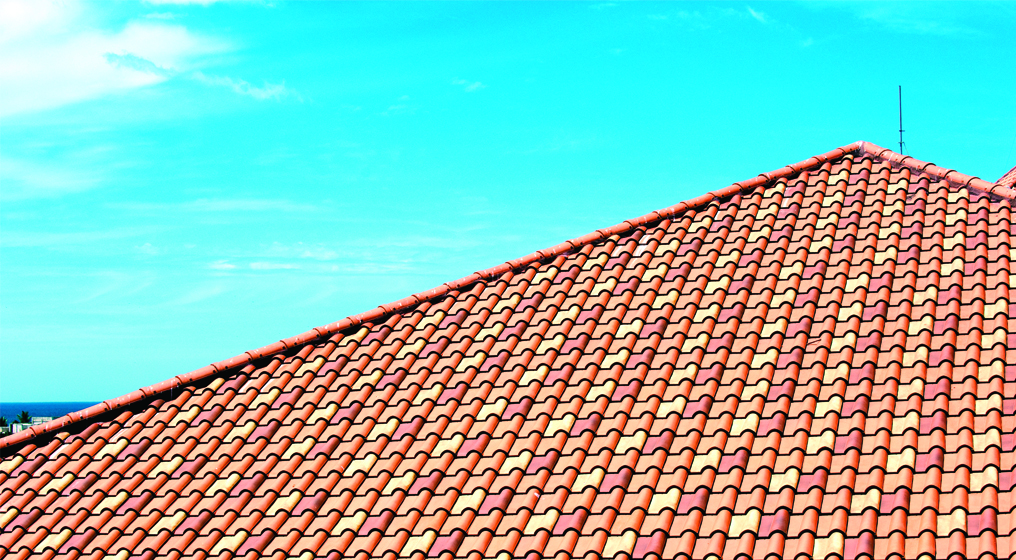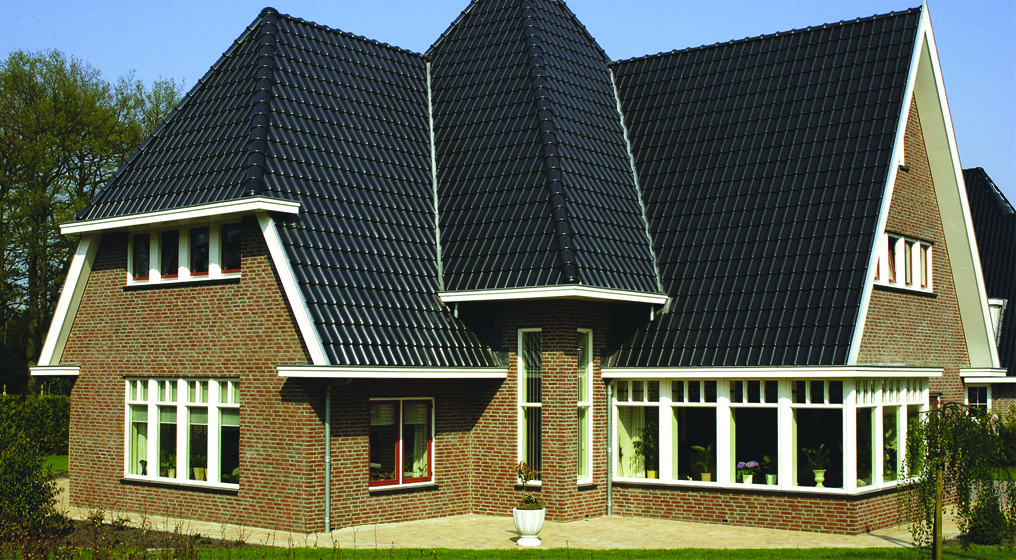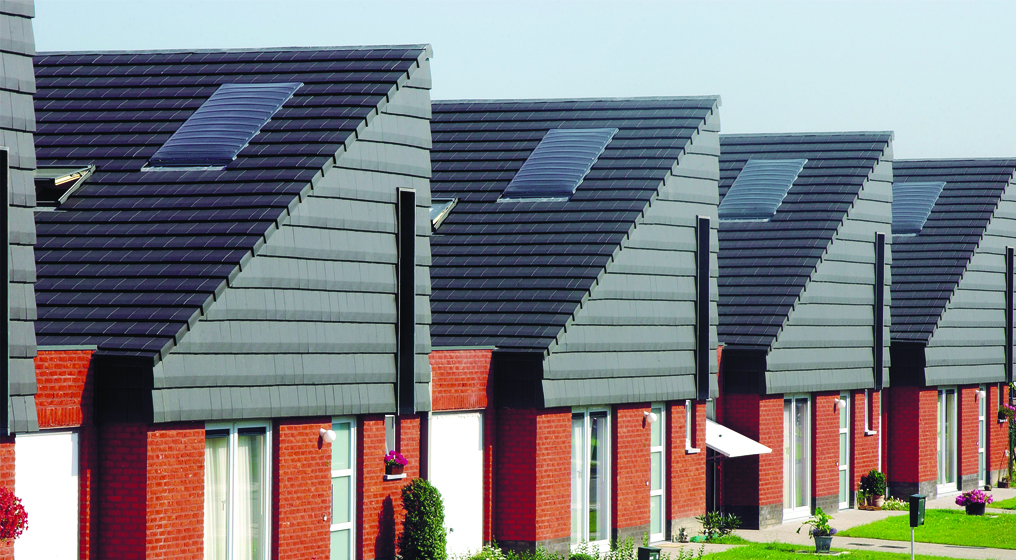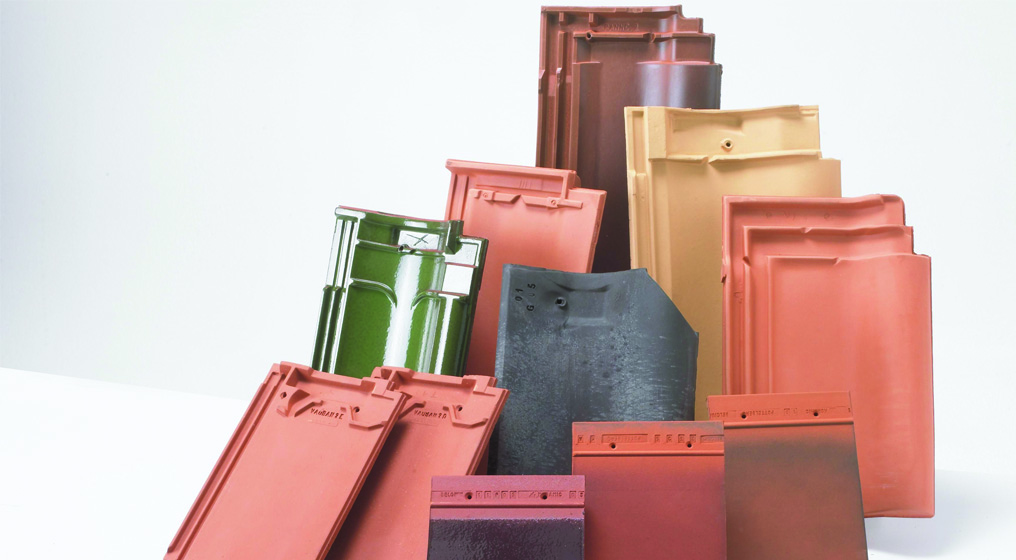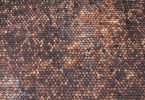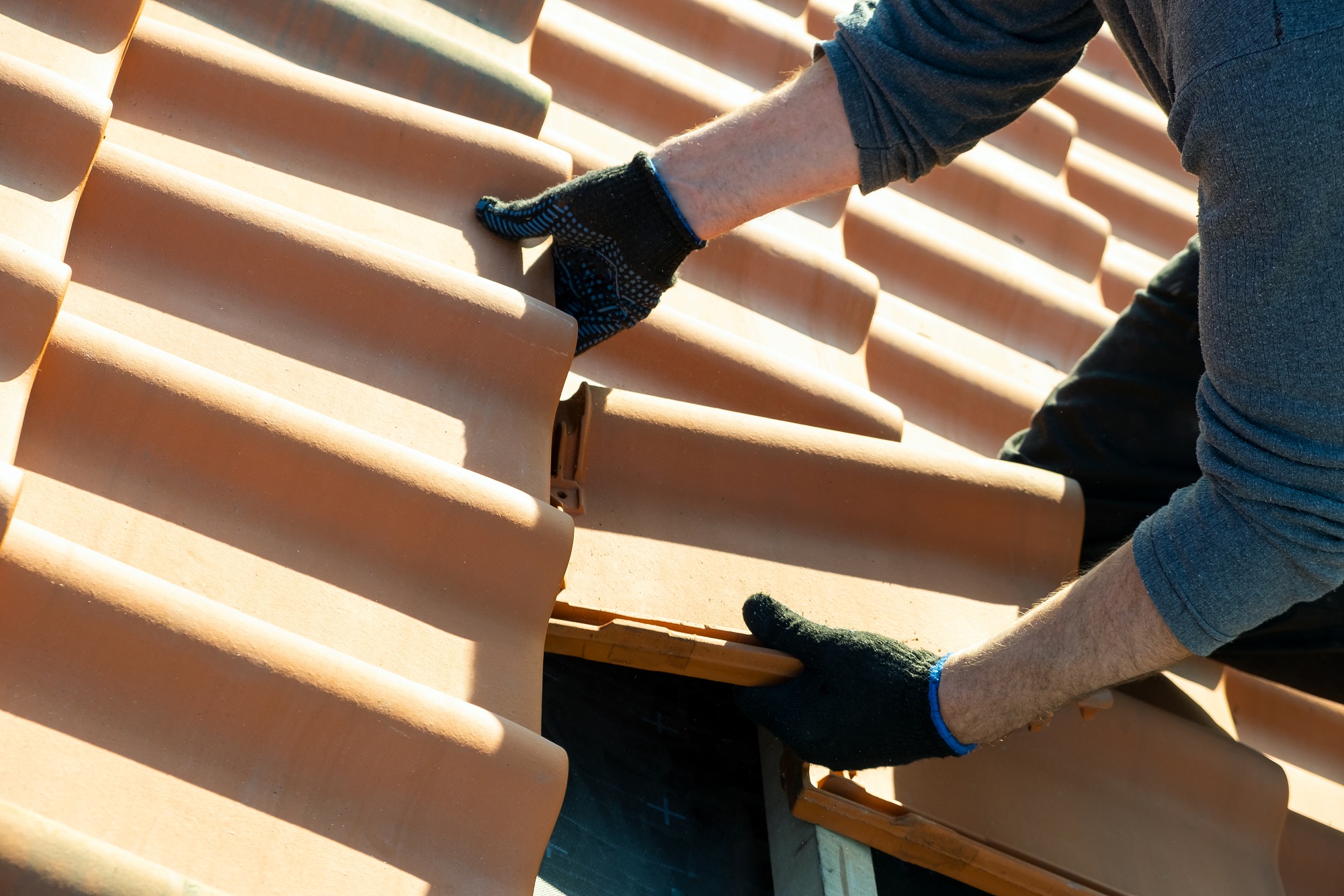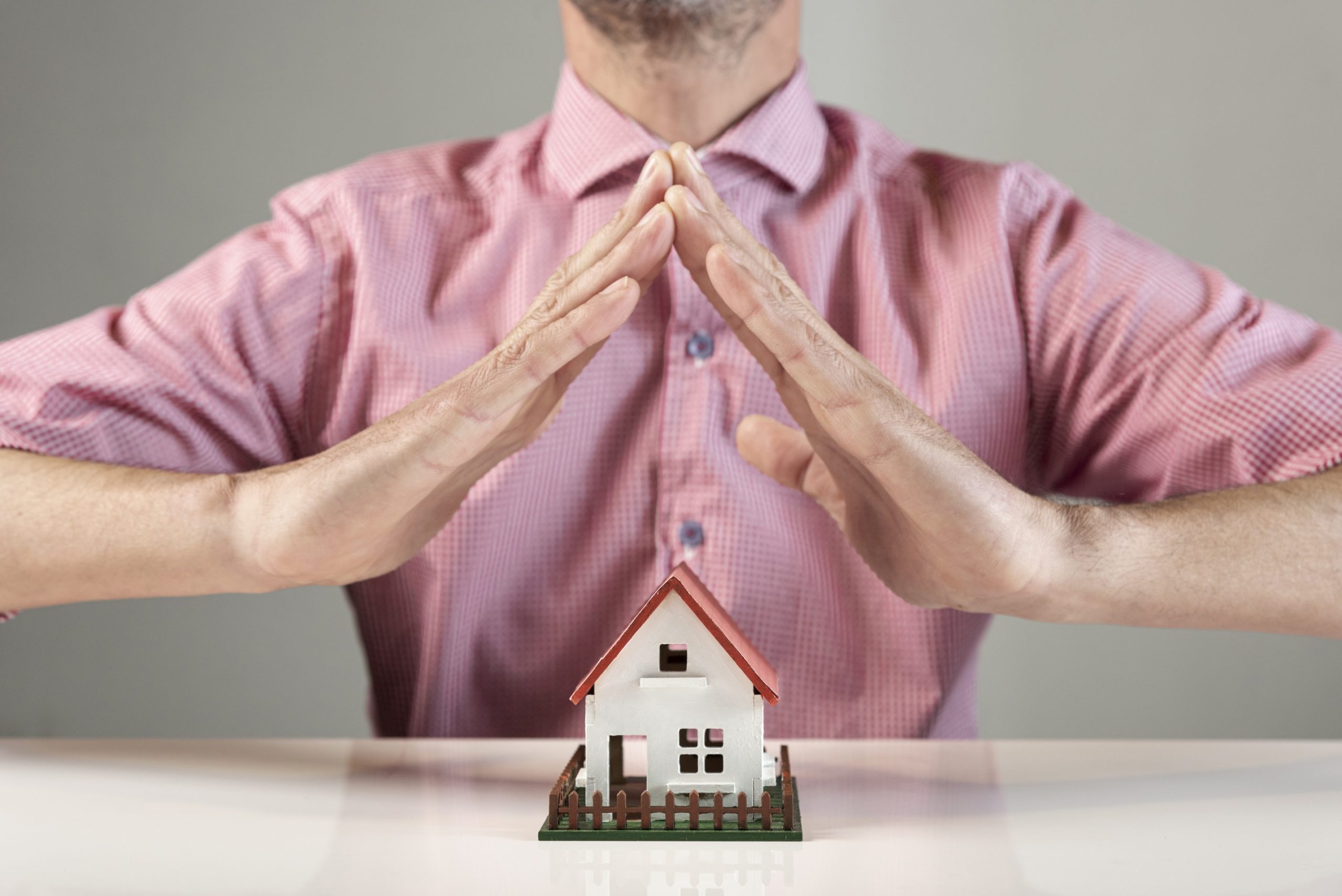The roof is one of the most significant parts of any building structure, acting as the first line of defense from environmental hazards.
Roofs have evolved over the years, with technology and innovation at its peak in the construction industry, today roofs are being constructed in numerous styles and with innovative materials. Considering Pitched roofs, these are more of a classical example of roofs, but again, it is one of the most expressive characteristics of a building. That said, let’s dig a little deeper into pitched roof construction and find out why clay roof tiles are best particularly for this type of roof.
Roof Pitch
Pitched Roof Construction
Pitched Roof
Koramic
What Are They?
Pitch is the term used for describing the angle, slant, or slope, of a roof. And, pitched roofs in simple terms are roofs with slopes, these are one of the most traditional domestic roofing solutions which even today are quite popular. They are also known as sloping roofs, basically, the design here slopes downward in two parts at an angle from a central ridge, hence leaves a gable at each end. Pitched roofs are one of the most common roofs and are generally considered to be the cheapest alternative for covering a building structure.
A pitched roof can be architecturally diverse, yes it can take many possible shapes, with different textures and colors. Despite being a traditional concept, this roofing design holds a firm position in modern architecture. It is their versatility that makes them ideal for creating innovative design solutions, which are perfect for futuristic-modern looking rooftops.
Roof In India
Pitched Roof In India
Roof India
As of now, pitched roof isn’t a very typical feature in India, but in several regions of India, especially parts of South India like Karnataka, Tamil Nadu, and Kerala, pitched roofs have historical reference. Regions that witness heavy monsoons recording high rainfall, often opt for a pitched roof to avoid accumulation of rainwater. Many independent houses go with pitched roof construction for the several functional attributes that are associated with the system along with its extraordinary visual appeal.
How to select roof
Why Pitched Roof?
Selecting right roof
As opposed to commercial buildings, pitched roofs are mainly seen in independent houses, villas, and resorts. This is mainly because this type of roof is best suited for structures which have a lesser number of floors. Building on this further, traditional pitched roof is preferred by many homeowners for a variety of reasons. Few of them are discussed below:
1. Appearance
People love the aesthetic look of the pitched roofs. They tend to impart a traditional look and feel to the building structure. Pitched roofs always look fantastic and one can always count on them to maintain its appearance for practically ages.
2. Maintenance
With several types of roofing, frequent checks and maintenance are imperative for optimal performance. But with a pitched roof, one will not have to worry much about the repair and maintenance as compared to other roofing styles. This roof type is designed to last with minimal maintenance; hence it will keep the home sheltered against any weather condition.
3. Durability
Pitched roofs last far longer than other types of roofs. Since these are built to be durable and withstand a wide range of weather conditions (snow, ice, water, and wind), one will not have to worry about acute climate conditions for the entire year. If well-maintained, pitched roofs can last for upto 50 years, saving you lots of money and reassuring that replacing the roof will not be needed even in the long run.
Read: Pitched Roofs Vs Flat Roofs
4. Design Versatility
Pitched roofs can be constructed in many shapes and sizes, from the simple 2-sided slopes to complex shapes combining valleys and hips. Their versatility allows architects and designers to express a lot more in design.
5. Thermal Insulation
Building structures having pitched roofs are crudely 10-15 percent more compact than the ones with flat roofs. This weighty reduction results in higher thermal insulation by merely off-putting the size of the surface exposed to the exteriors.
6. Energy Savings
The building envelope accounts for around 25-35 percent loss of energy within a building. Pitched roof construction allows natural ventilation between the external layer and the building, resulting in substantial energy reservation.
7. Adds Additional Space
Pitched roofs allow extra room or storage spaces below them. This factor eliminates the need to add additional and yes costly floors to the entire structure.
8. Rainwater Reuse
Saving water being the need of the hour, pitched roof construction can make it much easier to reuse the rainwater than the flat ones. Basically, in this system, the external drainage system is much easier to modify and redirect.
Clay roof
Pitched Roofs Are Best With Clay Roof Tiles
Clay tiles
Koramic is Europe’s leading manufacturer of clay roof tiles with
- Green & Sustainable Materials
Clay roof tiles are particularly green and sustainable building materials. They consist of natural raw materials, clay, and water, which are extracted very carefully.
- Long Service Life
Furthermore, they have a very long service life of more than 100 years. The longer the service life, the smaller is the initial impact of the material on the environment.
- Chemical Free Rainwater
Rainwater from the roofs with clay roof tiles do not contain chemical elements washed out from the clay as compared to roofs with metal sheets, where chemicals can be washed out and contaminate water. Therefore rainwater from roofs with clay tiles are environmentally friendly and can be seeped directly into groundwater.
- Wide Range of Applications
Clay roof tiles allow a wide range of applications; their compact size, colors, shape, superior quality, and impeccable finishing provide infinite design options for any architect or home builder.
- And They Last For Generations
It’s unbelievable, but true that clay roof tiles are fired very hard which makes them nearly indestructible. According to a Belgian study, 21 percent of the roofs which date from before 1900 still have their original tiles, i.e. made of clay.
- Customized Solution
Adding further to the benefits, Koramic clay roof tiles provide you with customized solutions for any construction project. The credit goes to the wide range of shapes, sizes, colors, and surface treatments Clay roof tiles are suitable for pitched and arched roofs or can be used as wall cladding as well.
Wienerberger India currently imports 8 Koramic profiles which include Alegra 10, Actua 10, Romane, Madura, VHV, Modula, OpalysPrima.
Last Thoughts
Pitched roofs adorned with clay roof tiles can lend a tranquil splendor to the overall charm of the building. Wienerberger’s Koramic clay roof tiles are surely one perfect addition to a building’s ethereal architecture. Contact Us Here!
For an expert advice, drop a word at our email id gosmartbricks@gmail.com
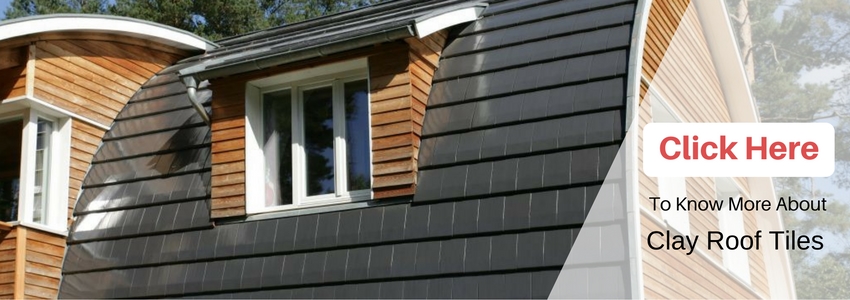

Additional resource: To know more about Koramic clay roof tiles. See this short video-


